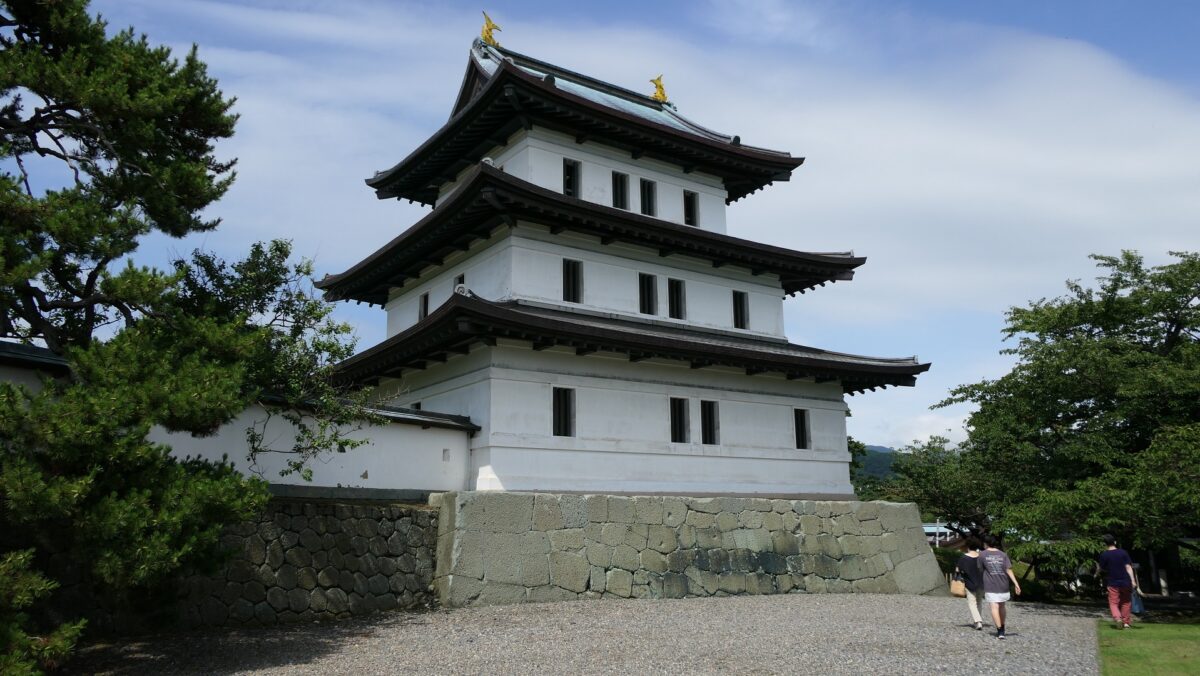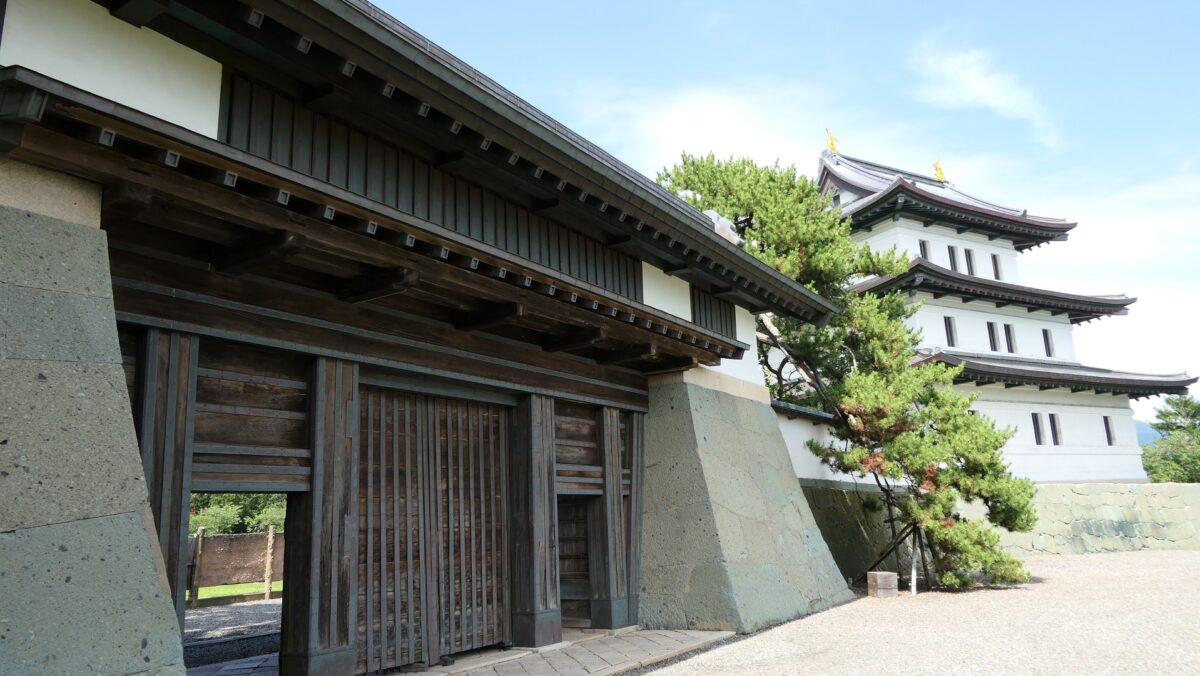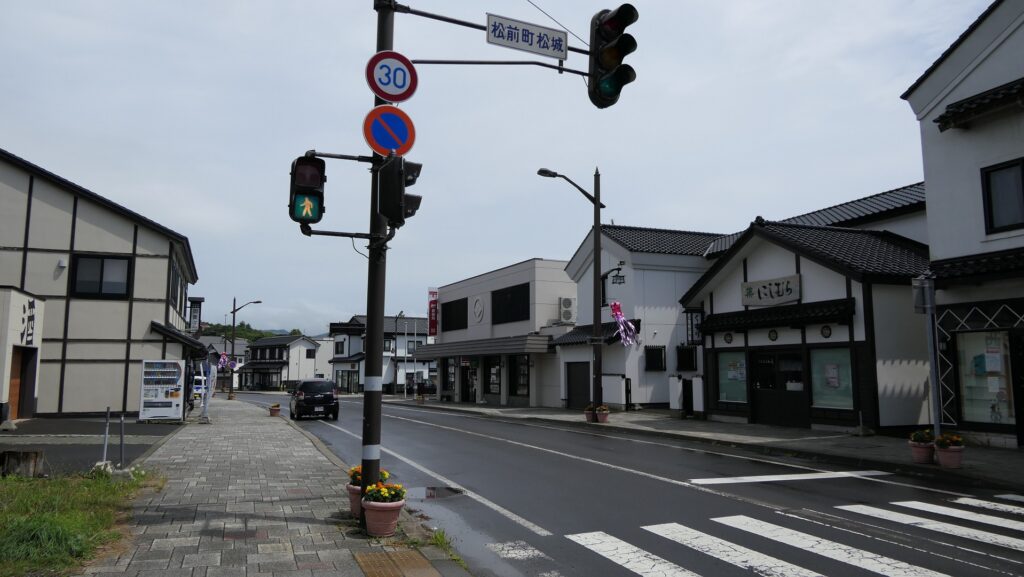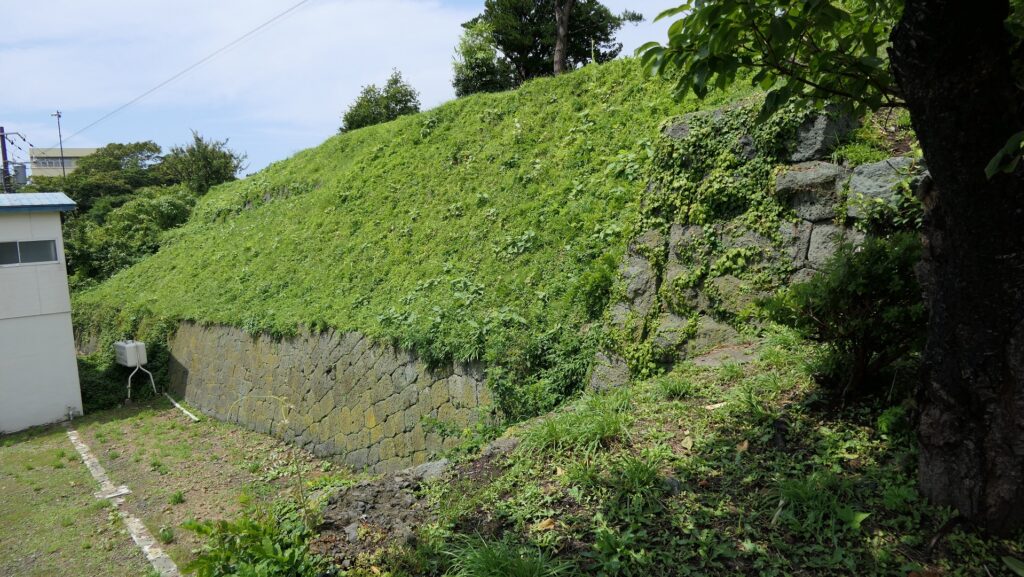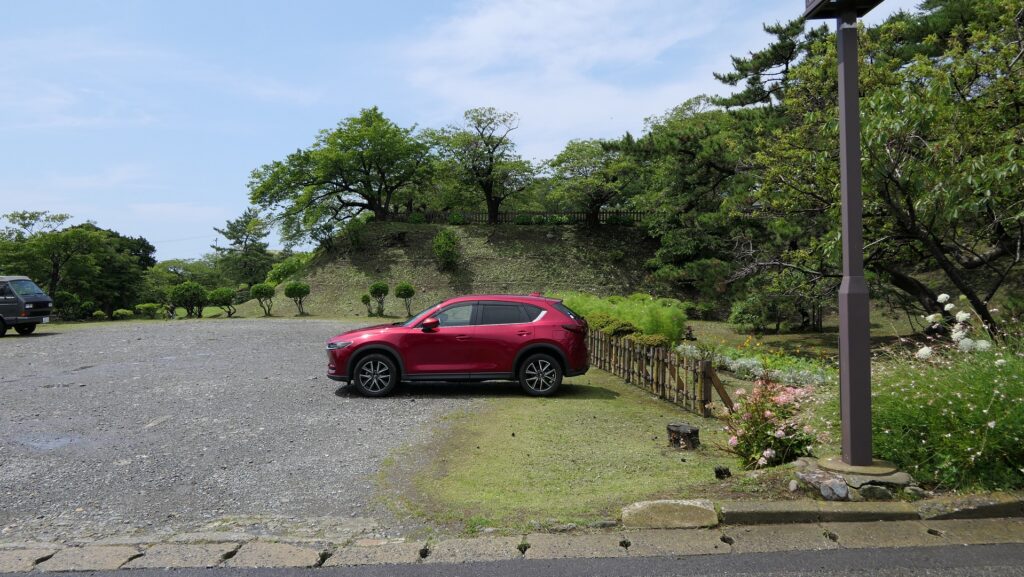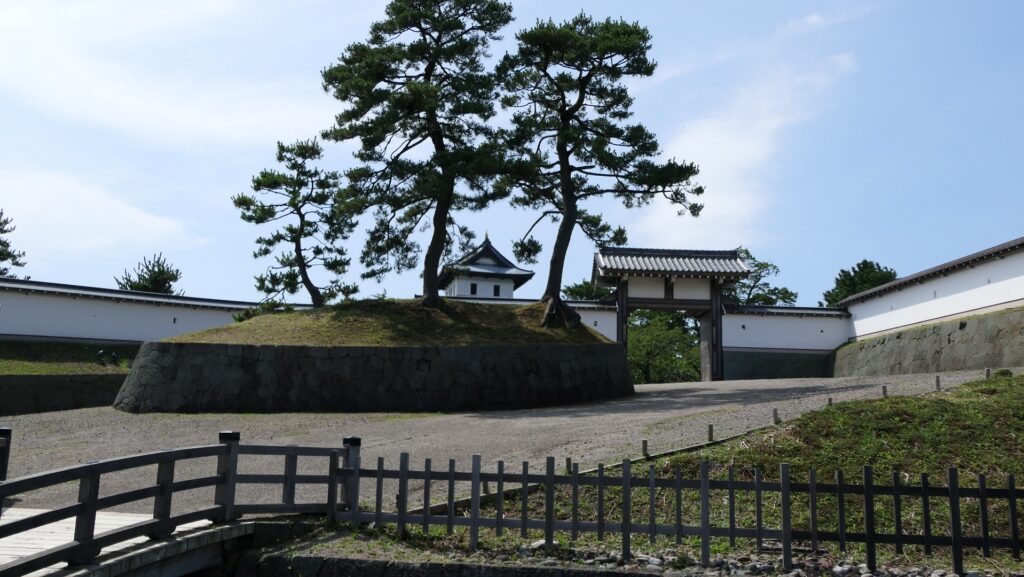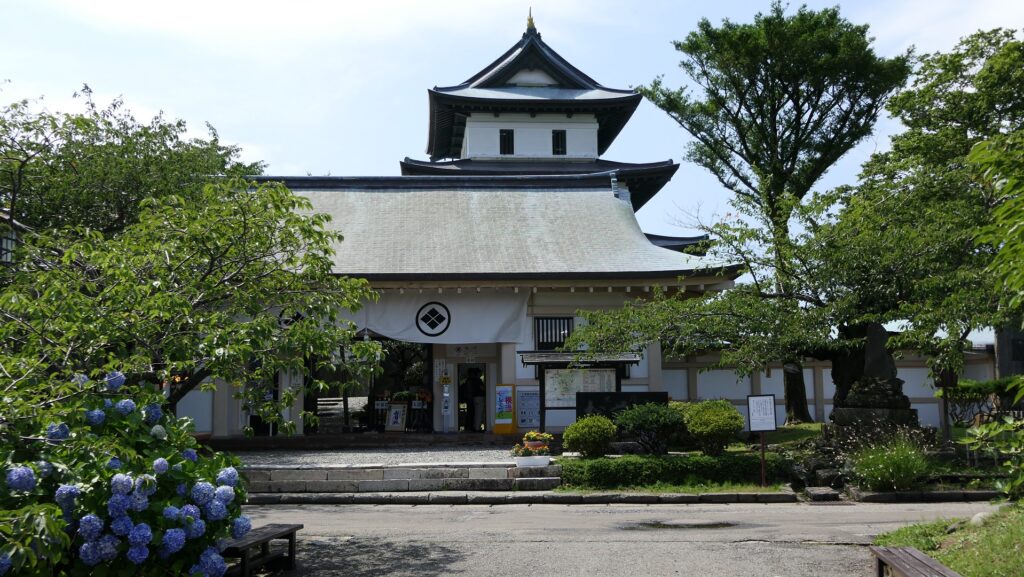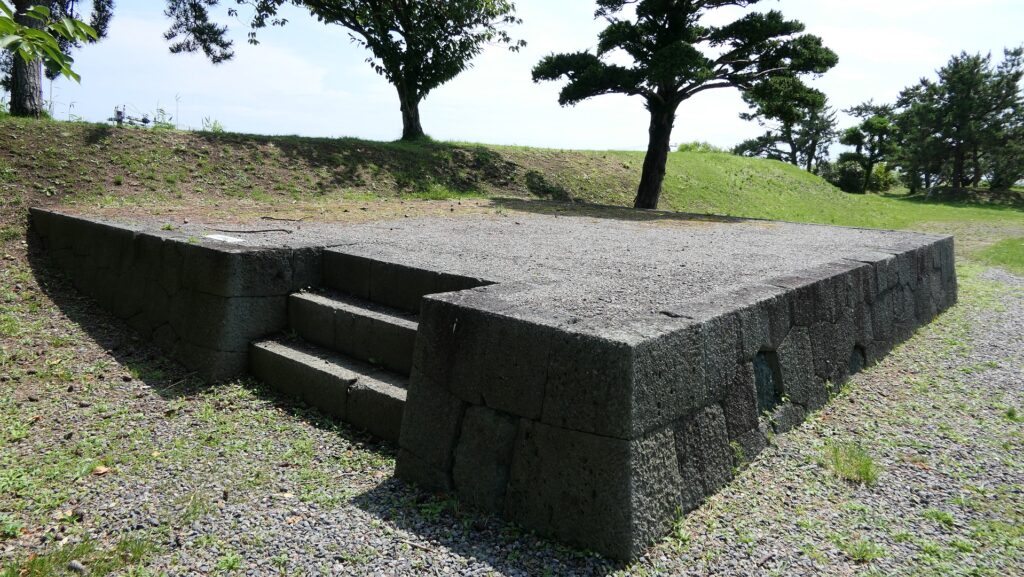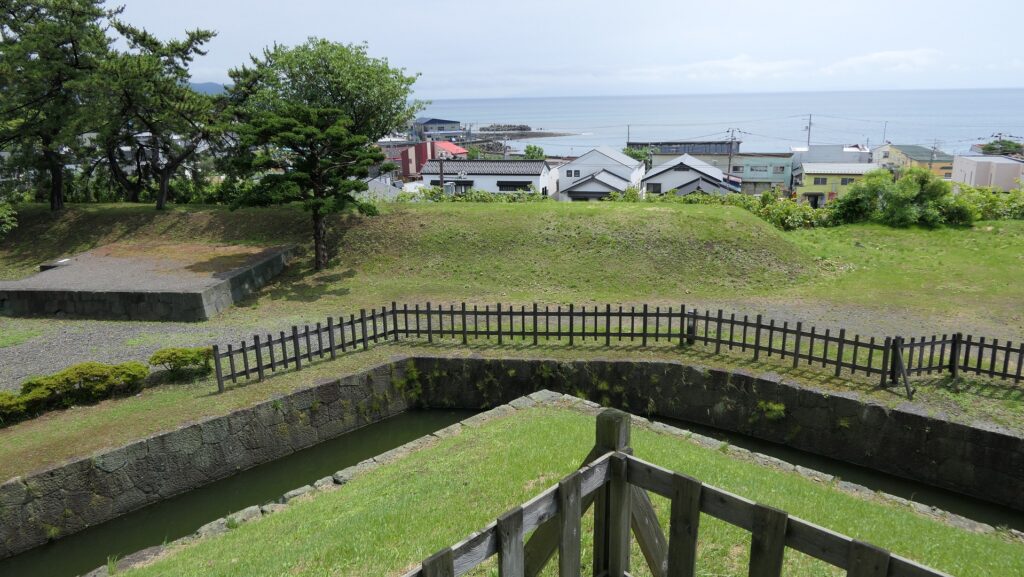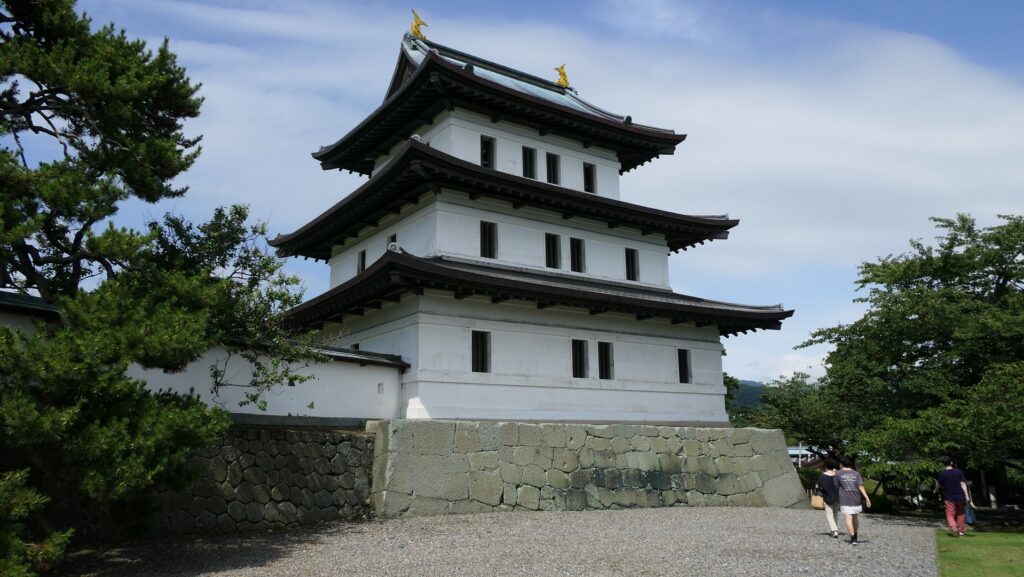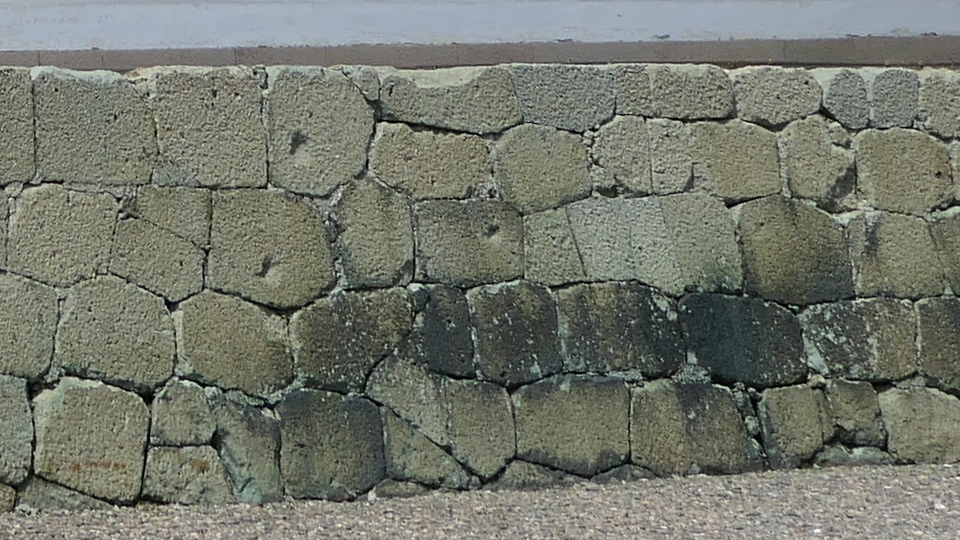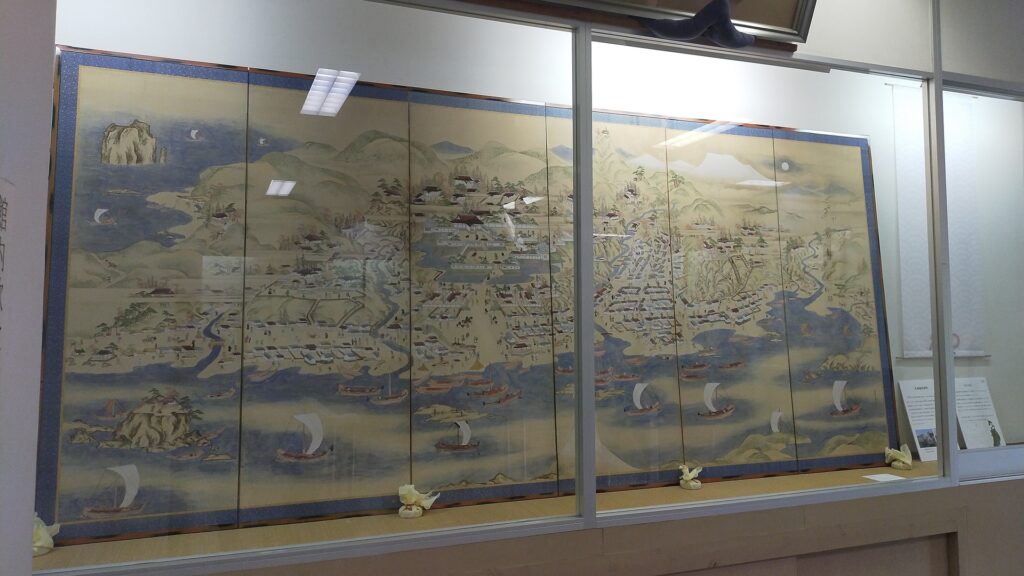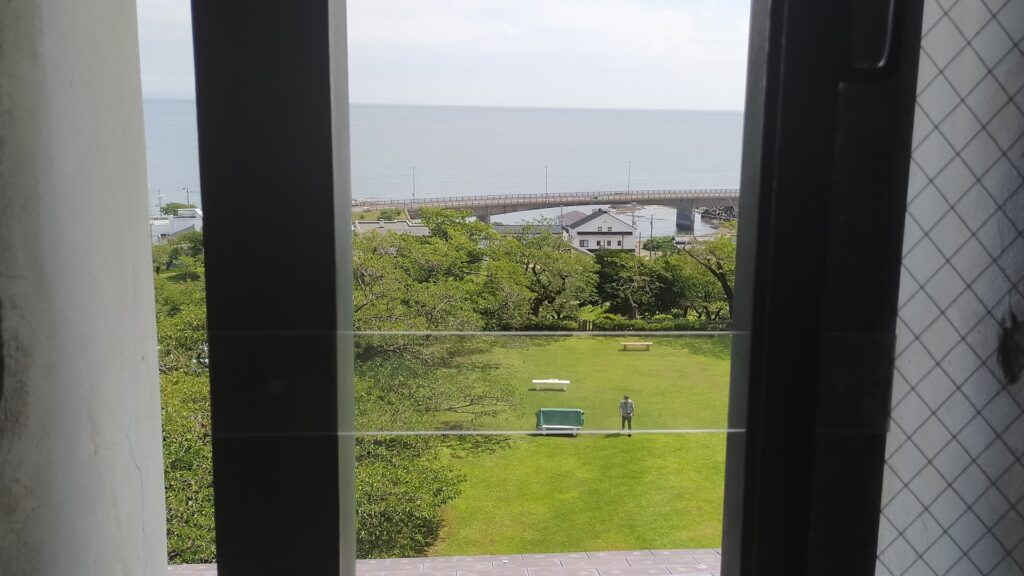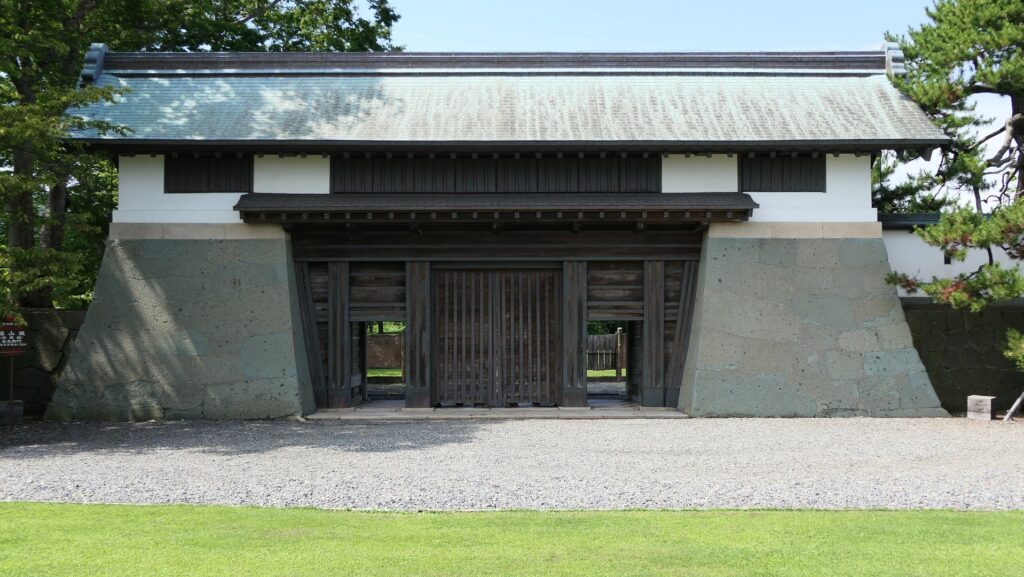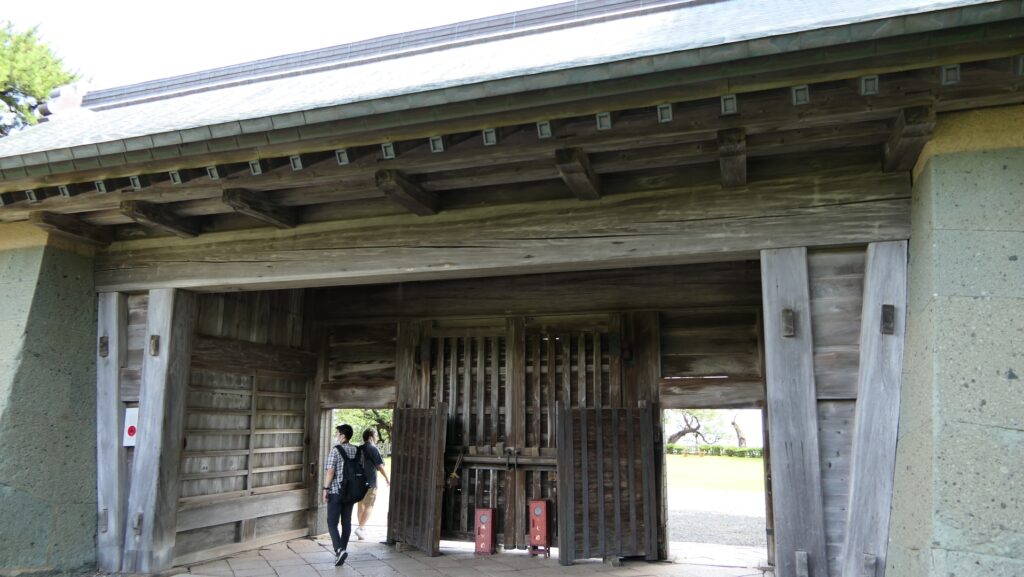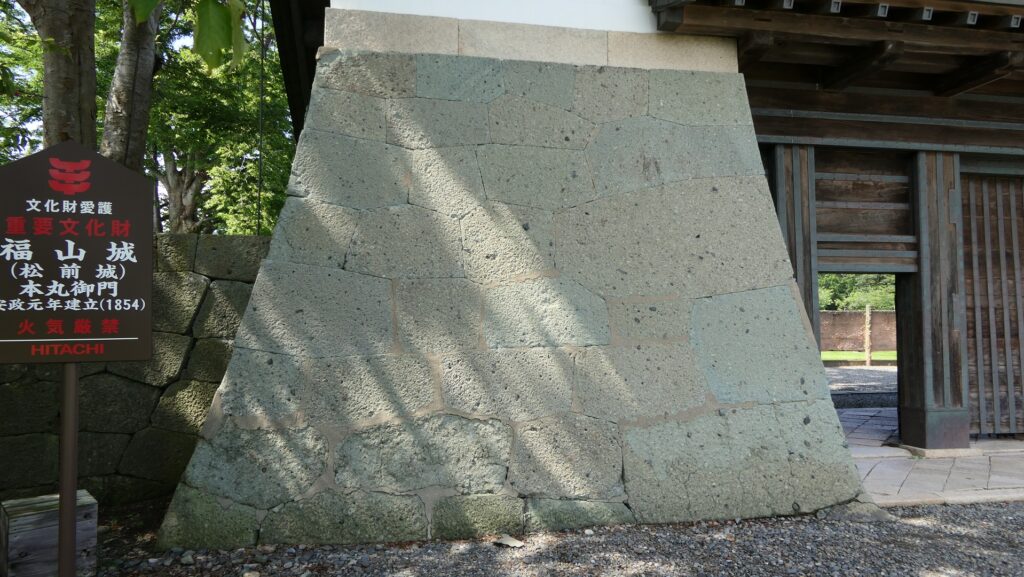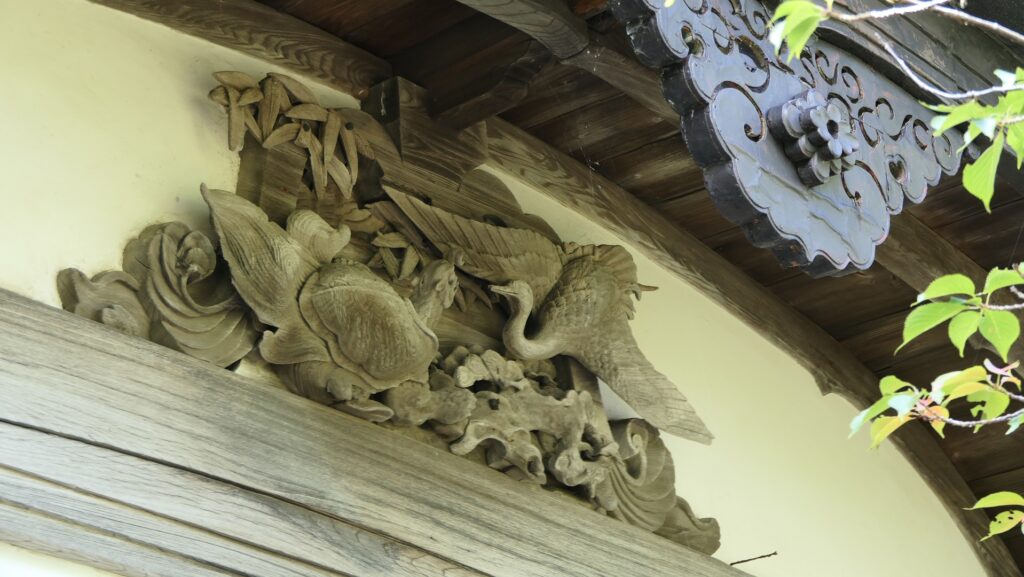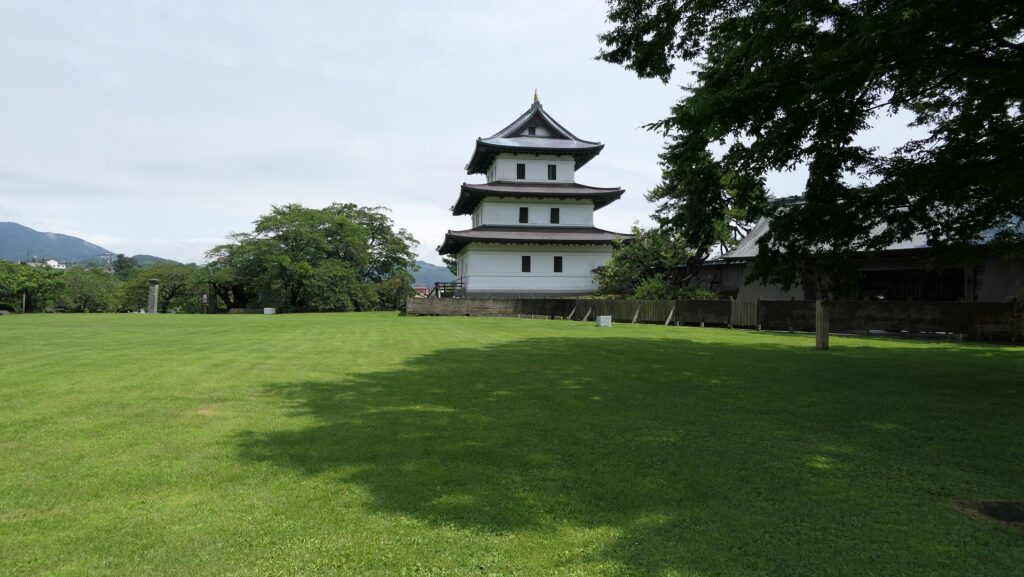Features
Northern and Western parts of Castle
If you have time, you should consider walking around the other sides of the castle ruins. The temple district is beside the Outer Moat Ruins at the northern side of the castle. It had originally been built for the defense of this side when the site had only the hall. However, this side eventually became the weakest point compared with the other sides of the castle. That’s why the former Shogunate Army was able to attack it. You can now enjoy a relaxing walk there seeing some of the temple buildings which were designated as Important Cultural Properties.
The map around the castle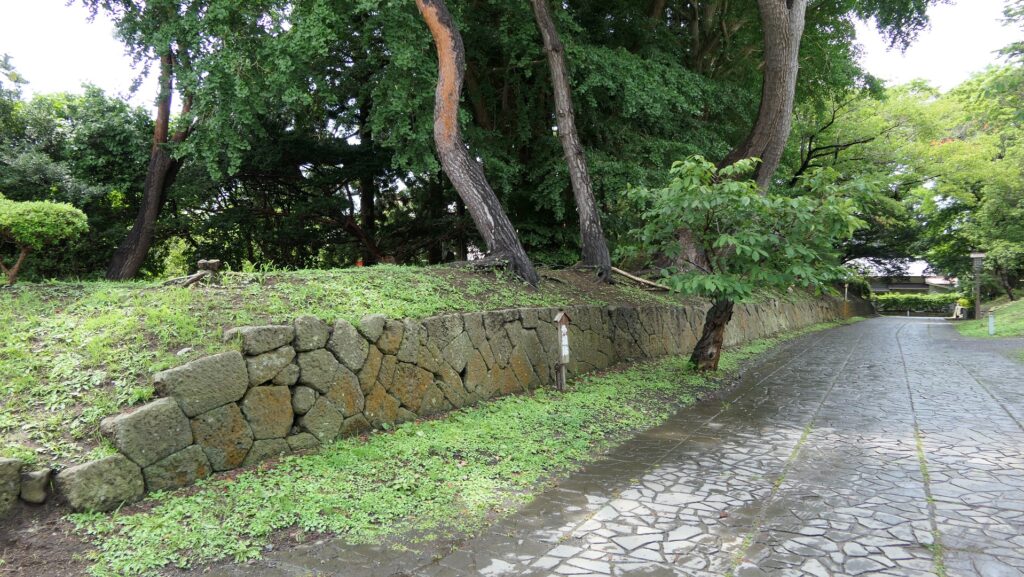
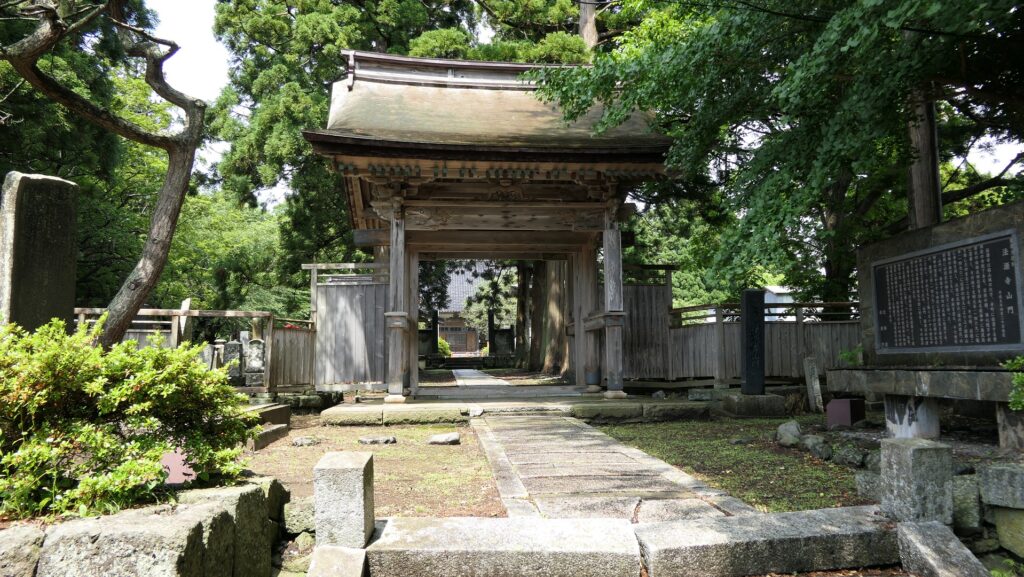

The western side is a promenade on the bottom of the former Outer Moat. You can walk on it by looking up at the Main Enclosure. This side is supposed to be more defensive than the northern side.
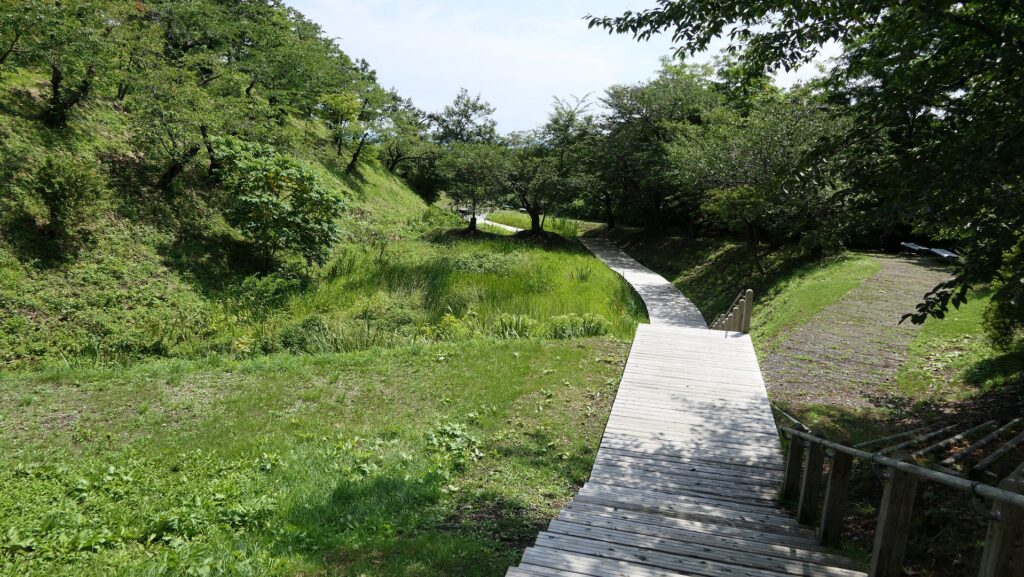
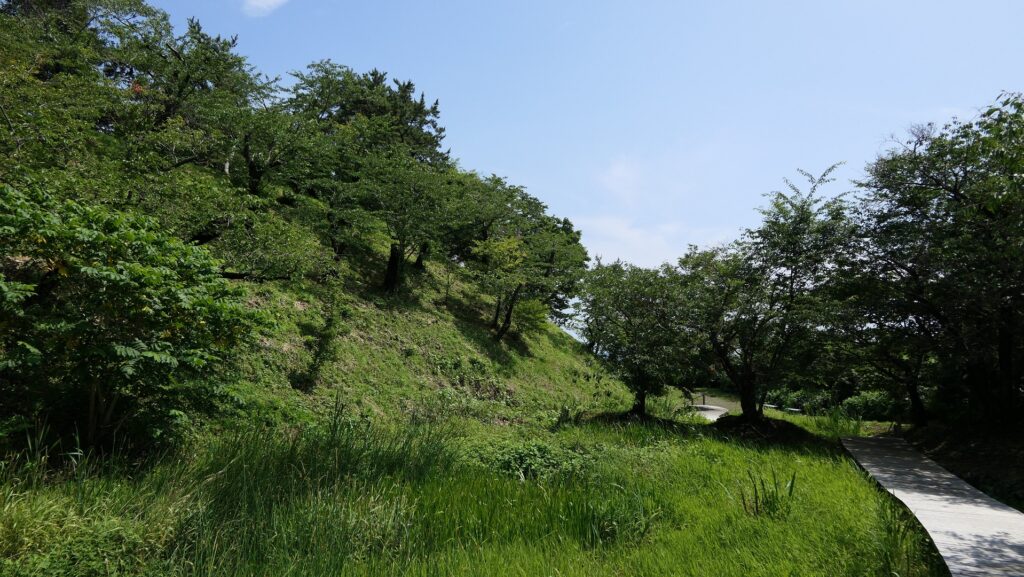
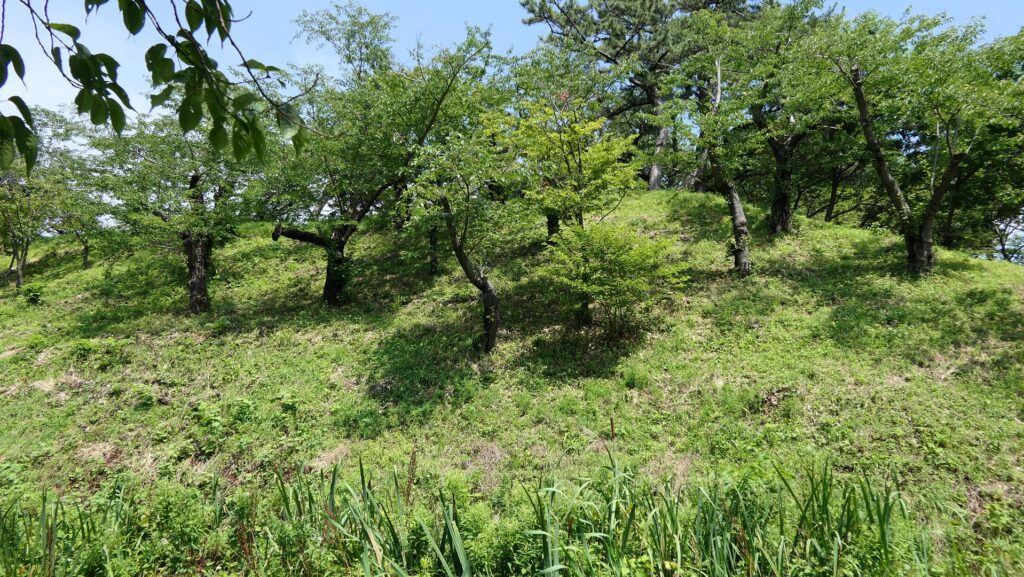
Later History
After the Meiji Restoration, Matsumae Castle was abandoned and only the Main Tower and the gate in the Main Enclosure remained as the ruins. However, the tower was unfortunately burned down by an accidental fire in 1949. It was externally restored in 1961, but since it’s been 60 years, its concrete building looks old. So, Matsumae Town is considering whether the tower should be rebuilt in the original way or repaired including safety measures such anti-earthquake systems. In addition, the castle ruins have been designated as a National Historic Site since 1935.
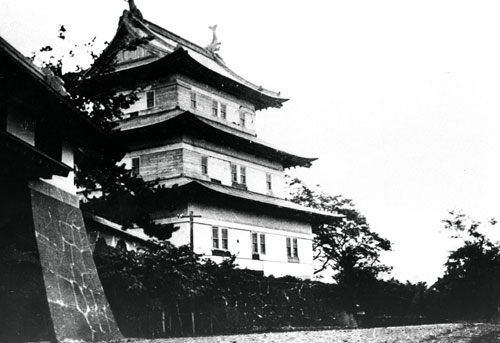
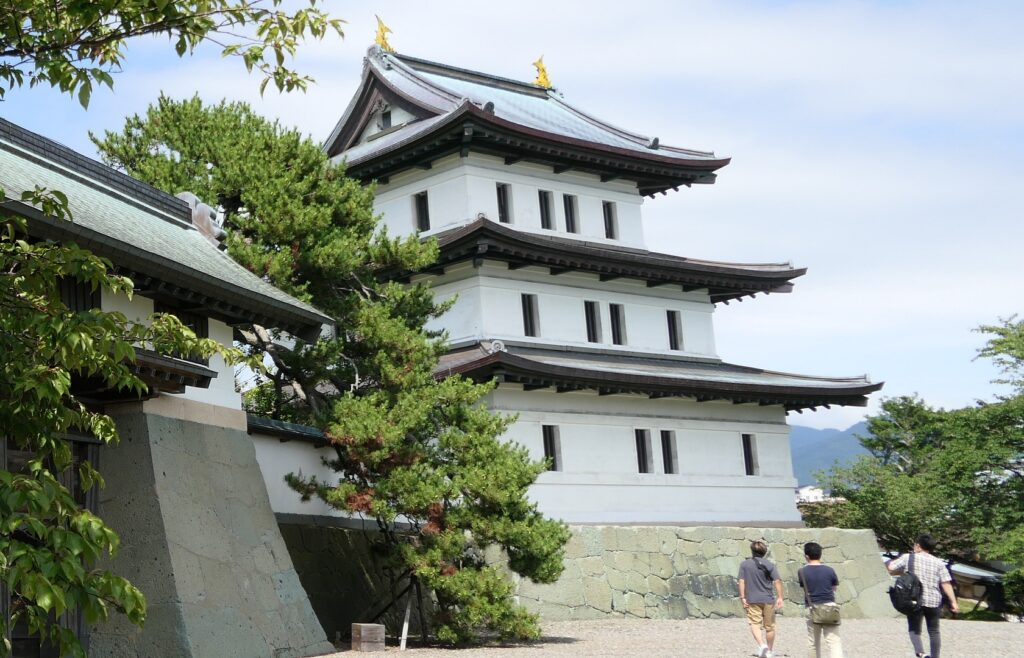

My Impression
I think Matsumae Castle is a very unique one which has a mix of the traditional Japanese style and a newer advanced style which matches the current situation. As a result, it may have been not enough as the castle was defeated twice. However, it must also be preserved as a record of history. In my opinion, the best season for visiting it should be spring with cherry blossoms, but be aware that there will be a huge crowd as well. Cherry Blossom season is a popular time for locals as well as tourists, so expect more people than usual.

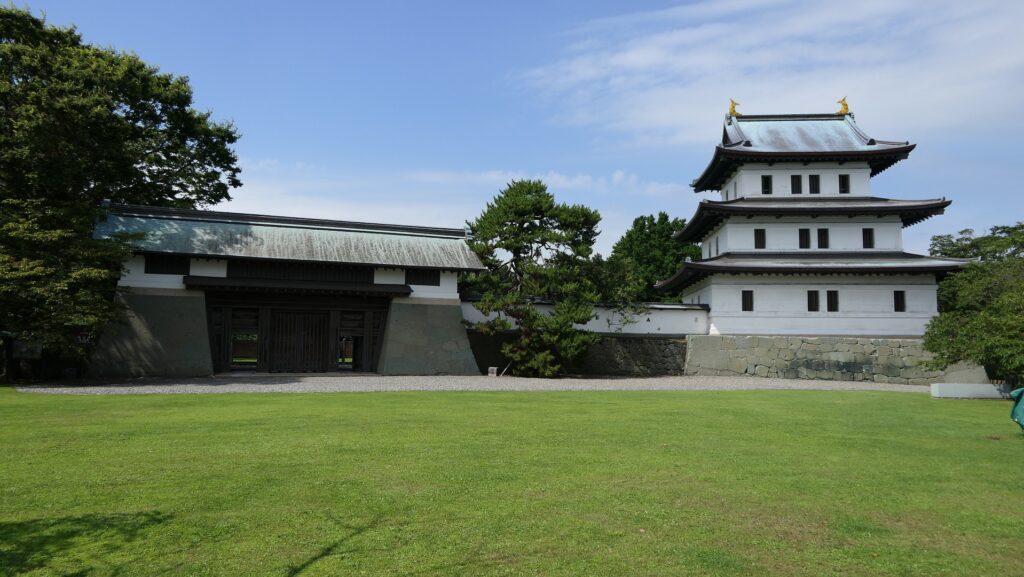
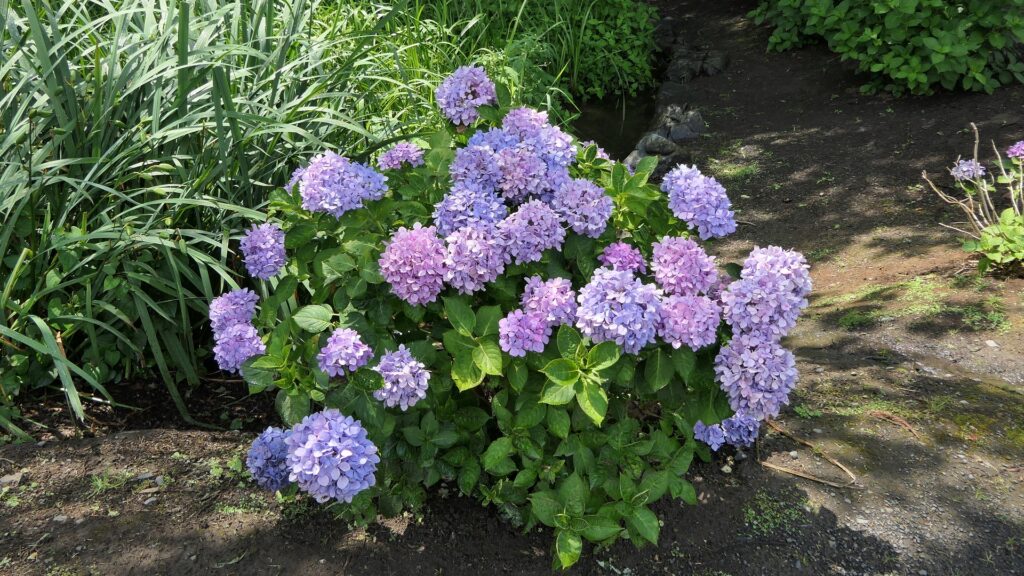
How to get There
I recommend using a car when you visit the castle ruins because there are only a few buses available.
It is about a 2-hour drive away from Shin-Hakodate-Hokuto Station or the center of Hakodate City. From Hakodate Airport, it takes about 2.5 hours to get there. There is a parking lot in the castle ruins. It may be a good idea to rent a car at the station or the airport.
To get to Shin-Hakodate-Hokuto Station from Tokyo: Take the Hokkaido Shinkansen super express at Tokyo Station.
That’s all. Thank you.
Back to “Matsumae Castle Part1”
Back to “Matsumae Castle Part2”

